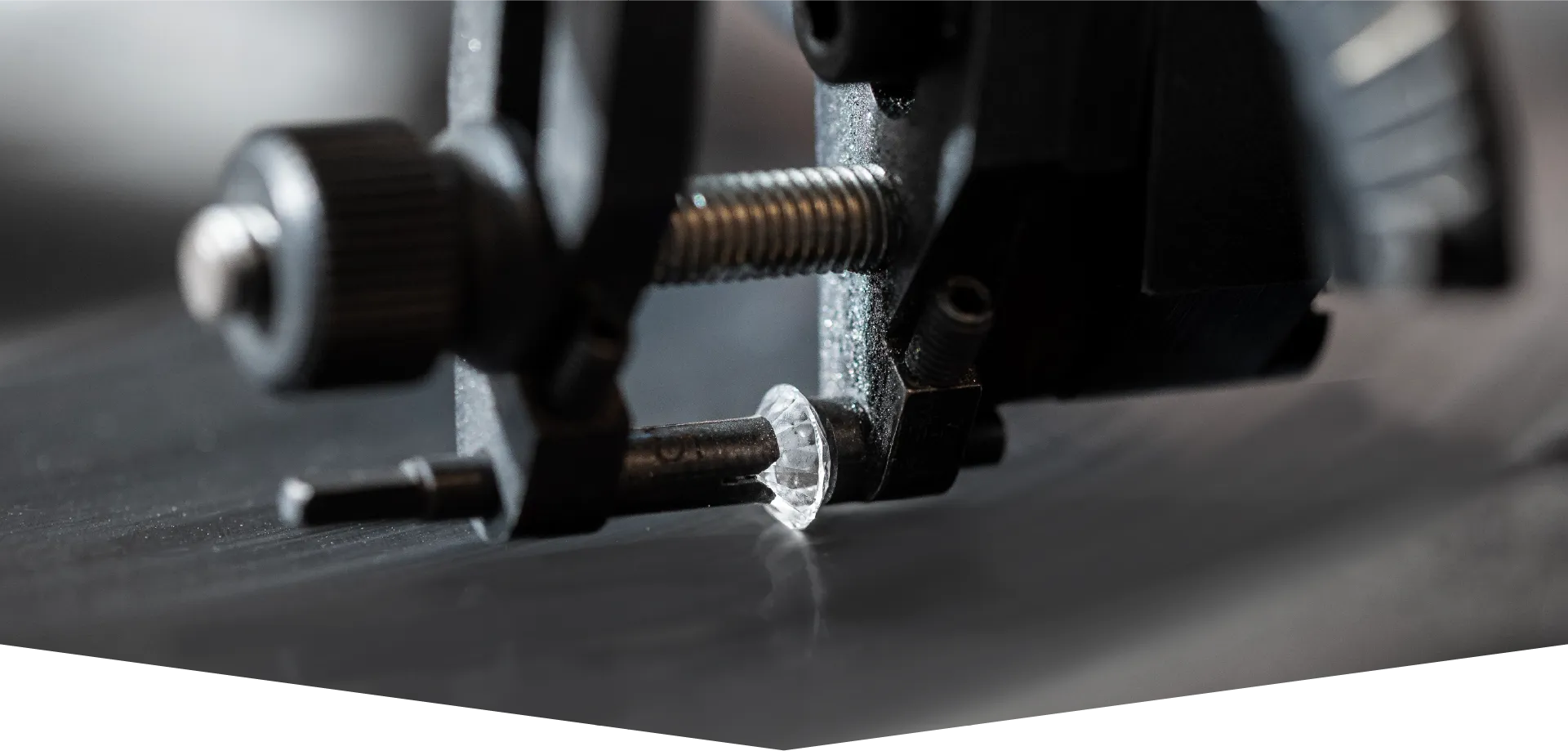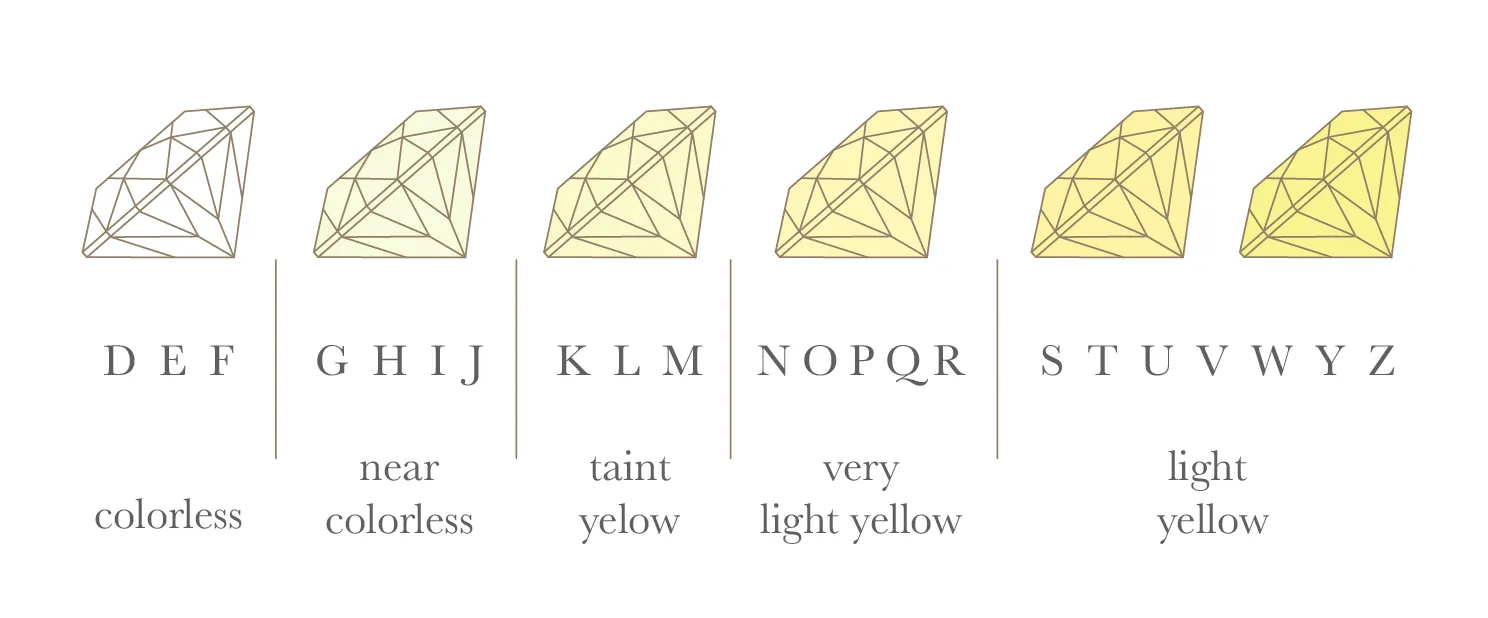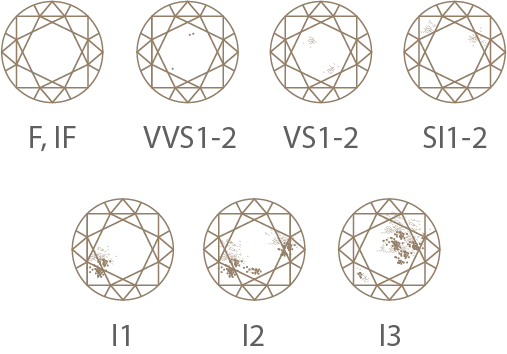- András Péli


Diamond is one of the hardest naturally occurring minerals on our Earth, and there is no other gemstone that is made up of a single element, carbon. Of course, its value and unique beauty are not determined by these properties, but by its color, purity (inclusion class), mass, and last but not least, the polishing and its quality.
When we talk about color of a diamond (apart from colored diamonds), we mean the amount of yellow or brown tone in colorless diamonds. Today, most colorless diamonds around the world are classified according to the letter system created by the GIA (Gemological Institute of America), starting with D, which is exceptionally white, like clear water, and progressing to Z, indicating increasingly deeper colors.

In the case of diamonds, clarity means the quantity, quality and location of the inclusions in them. The majority of inclusions in diamonds arise from abnormalities that developed during their formation. There may be voids, cracks, minerals, but there may also be liquid or gas inclusions. At the end of the 1920s, the loupe with ten times magnification was standardized for examining inclusions, and a more defined nomenclature was created, which was further refined by the Scandinavians (1969), which we still use today.

The weight of diamonds is measured in carats, which is 0.2g. This unit of measurement originates from the seed of the carob tree,that served as a weight measure in the gem trade. The only problem was that the weight of the seeds differed minimally depending on the geographical location. This was eliminated at the beginning of the XIX century, when the weight of 1 ct was set to equal to 0.2 g.

Polishing is one of the most essential characteristics of a diamond, which is determined by the expertise and practice of the polisher. Inaccuracy or accuracy in the cut can dramatically affect the brilliant beauty of a diamond and therefore its value. When we talk about grinding, we are not talking about the shape of the stone, but about its exacting and precise processing. The quality of the polishing is evaluated by most diamond testing laboratories on a 5-grade scale:
The shape of the cut typically affects the final appearance of the stone, but whatever the shape, an excellent cut is clearly reflected in the brilliance and value of the diamond.
If you have any questions, feel free to contact